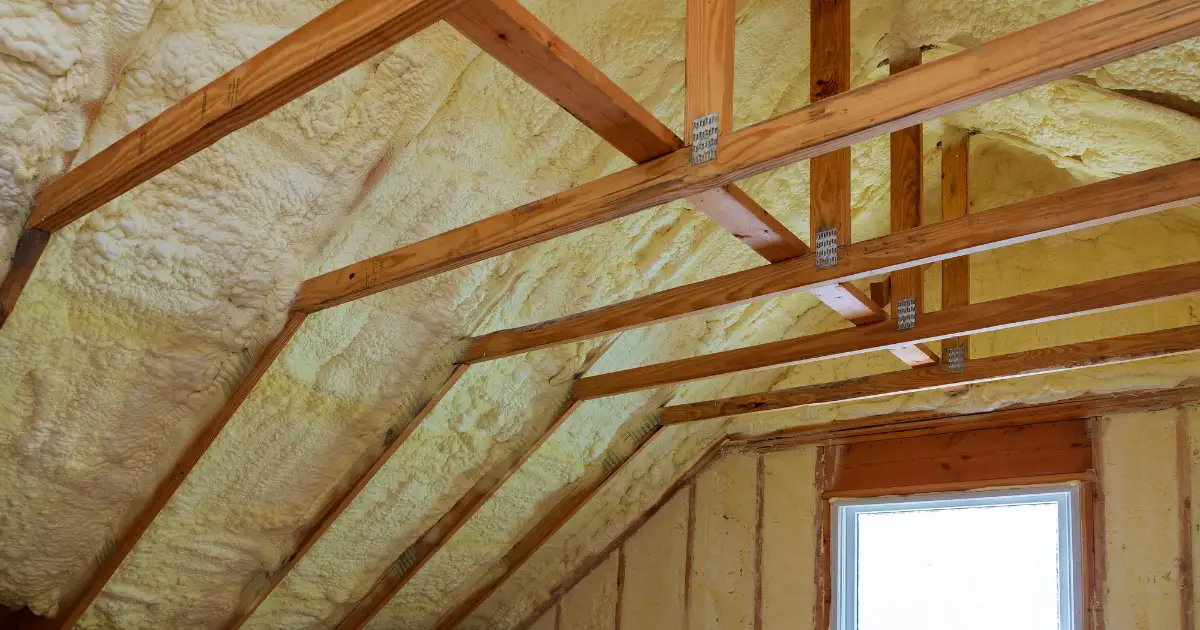What Is a Local Planning Authority (LPA) for Loft Conversions?
A loft conversion often depends on one key factor: the rules set by your Local Planning Authority. Every LPA has its own policies on roof extensions, permitted development and design, so understanding how they work can save you time, money and stress. This guide explains what LPAs do, how to check your local rules and what you need to know before you start planning your loft conversion.


.png)
